How to Maximise ROI with Remarketing
On average, customers require seven interactions with your brand before they make a purchase.
Join
Infoserve as we explain how you can apply remarketing techniques to ensure you get the most out of each customer interaction to maximise ROI.
What is remarketing?
Remarketing, also known as retargeting, involves targeting ads at users who have previously interacted with your website in some way but didn't make a purchase or take your desired action. It is an effective way to convert customers who have already shown interest in your product, service, or brand as a whole.
Remarketing vs retargeting
Remarketing differs from retargeting because it involves connecting directly with customers who are already involved with your brand. This could be through email engagement, social media channels or other promotions.
Retargeting is coming into contact with customers who have shown interest in your brand but not yet converted. This is often achieved through strategically placed ads following engagement with your website.
How does remarketing work?
Remarketing uses customer behaviours and interests to more accurately target them with content that will convert them.
It requires extensive creative strategy and an intrinsic understanding of the different segments within your target audience and their specific interest in your service.
Let’s dissect this for a second.
If you were an online shop that sold personalised hampers to your customers, the chances are you have a broad range of items available. Your main customer base might be people buying gifts, but within this you have further segments. There are those who are more interested in savoury items like cheeses and chutneys, those who prefer to gift cookies and chocolates. You might have a vegan audience, an audience who wants drinks hampers, even one who filters items in your inventory by gluten content.
With targeted remarketing strategies, you would use their activity on your website to send an email that aligns with their tastes.
For example, if somebody had created a hamper full of vegan goodies and abandoned it at checkout, you would use their email address to send them a reminder that they left something behind, with a follow up email recommending plant-based chocolates that they might be interested in.
This more personalised approach to remarketing is far more likely to tempt them back to your website to see what else you have to offer.
Types of remarketing
There are different types of remarketing that you can apply to your business:
Dynamic remarketing:
Dynamic remarketing refers to displaying content to users who have visited your page but taken no action. For example, if a customer visited a product page on your website, cookies might take this information and display an ad for this product the next time they search for a similar item on Google.
It responds to the specific behaviour of the user on your website or social media page, and responds with messaging and imagery tailored to the products or services they engage with.
This can include displaying the exact item they added to their cart in their Instagram, Facebook or TikTok newsfeed.
Email remarketing:
Email remarketing involves sending personalised emails to users who entered their email address on your website, whether through email sign-up or at check out. For example, abandoned checkout reminders are one of the most common forms of remarketing used by businesses.

How to maximise ROI with remarketing
Define your audience
Over 60% of marketers believe that segmentation is an outdated term, and that categorisation of customers based on shared traits is rigid and unfit for purpose within current digital marketing trends. This is because user behaviour is adapting quicker than it ever has before, and marketing methods are becoming so personalised that segments are almost not applicable.
But, having a clear understanding of your audience, the different pain points of your customers and their reasons for investing in your brand is still one of the most important first steps in ensuring your marketing gains traction.
In short, if you don’t understand your audience, you are not going to gain a sustainable return on investment (ROI).
If you know where your audience is shopping, you can create remarketing ads on that platform. If you know that they check their emails on the train to their 9-5 job, then you know what time is most efficient to send them. If you know that there is a huge cross section of customers between yourself and another, unrelated brand, then you can play with their messaging or create a collaborative remarketing campaign.
Never begin any marketing campaign without a fundamental understanding of who it is you’re selling to.
Create compelling content
Once you’ve discovered who your audience are, the next step is to create compelling ad content that grabs their attention and entices them to click.
Avoid being general.
Retargeting is about drawing your customer in. It’s about giving them a personalised experience based on their interests. Your content must reflect this.
In order to maximise ROI through content, you need to make sure your content is optimised using CRO (conversion rate optimisation) techniques.
Try the following techniques:
Benefits over features: At the point of remarketing, the customer is probably already familiar with the features of your product/service. So sell them the reasons why it is of benefit to them. How will it remove their pain points? How will it make their day-to-day lives easier?
Short and sweet: Concise content is best. Keep the messaging simple.
Include social proof: Previous positive customer experiences are one of the top reasons why people invest in a brand. So, use it. Include reviews on landing pages, in your emails and on social media. Hire influencers to create collaborative ad content.
Break it up with images: Imagery can invoke an immediate emotional response that can be invaluable to remarketing.
Include clear CTAs: Make your call to action clear, relevant to the content and highly visible.
Optimise landing pages
Even the most compelling ads won't be effective if they lead users to poorly designed or irrelevant landing pages.
To maximise the ROI of your remarketing campaigns, ensure that your landing pages are optimised for conversions. Keep them visually appealing, easy to navigate, and aligned with the messaging of your ads.
Test different elements, such as headlines, images, and calls-to-action, to identify what resonates best with your audience and drives the highest conversion rates.
Use the available tools
There are many tools at your disposal that are specifically designed to make remarketing easier on your marketing team. When used effectively, these tools can reduce the number of hours spent on campaigns, and do most of the dirty work for you, meaning you are more likely to gain a worthwhile return on your investment.
Try using:
- Google Ads Remarketing
- AdRoll
- Mailchimp
- Facebook Custom Audiences
- Outsourced digital marketing agency
Monitor results
Finally, to ensure that your remarketing campaigns are delivering the best possible results, it's essential to monitor their performance closely and make adjustments as needed.
Keep an eye on the following metrics to determine the success of your campaign:
- ROI
- Return on ad spend (ROI)
- Cost per conversion
- Conversion rate
- Customer lifetime value
Not sure where to start?
Here at
Infoserve, our
web design experts are on hand to help you create and build a unique, functional and responsive website, and our
PPC and
SEO team help your website get found.













